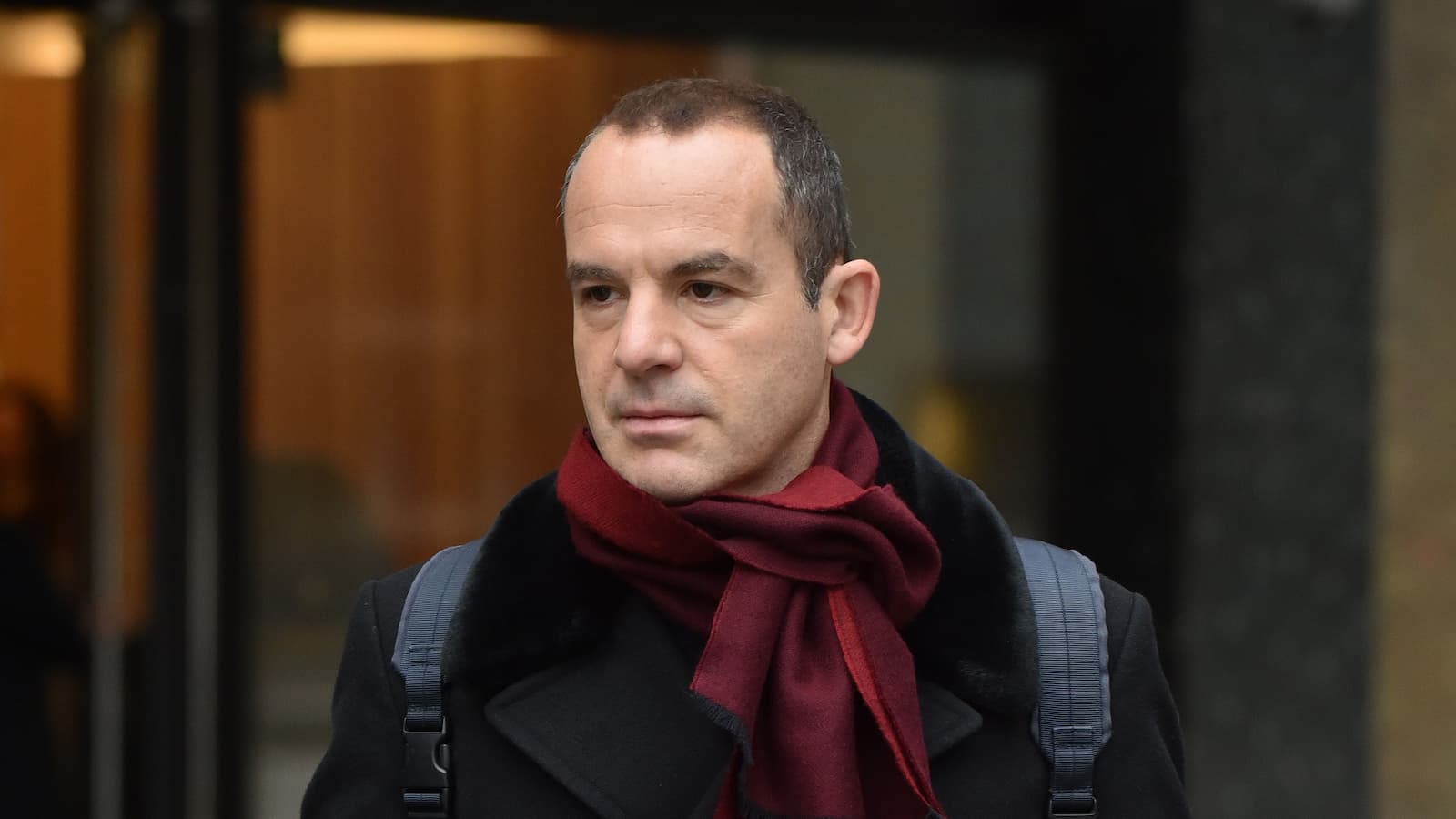Green belt planning loopholes — fact or fiction?
While building on green belt may seem impossible, armed with the right knowledge and expertise there are ways to get permission say the experts, and here's how
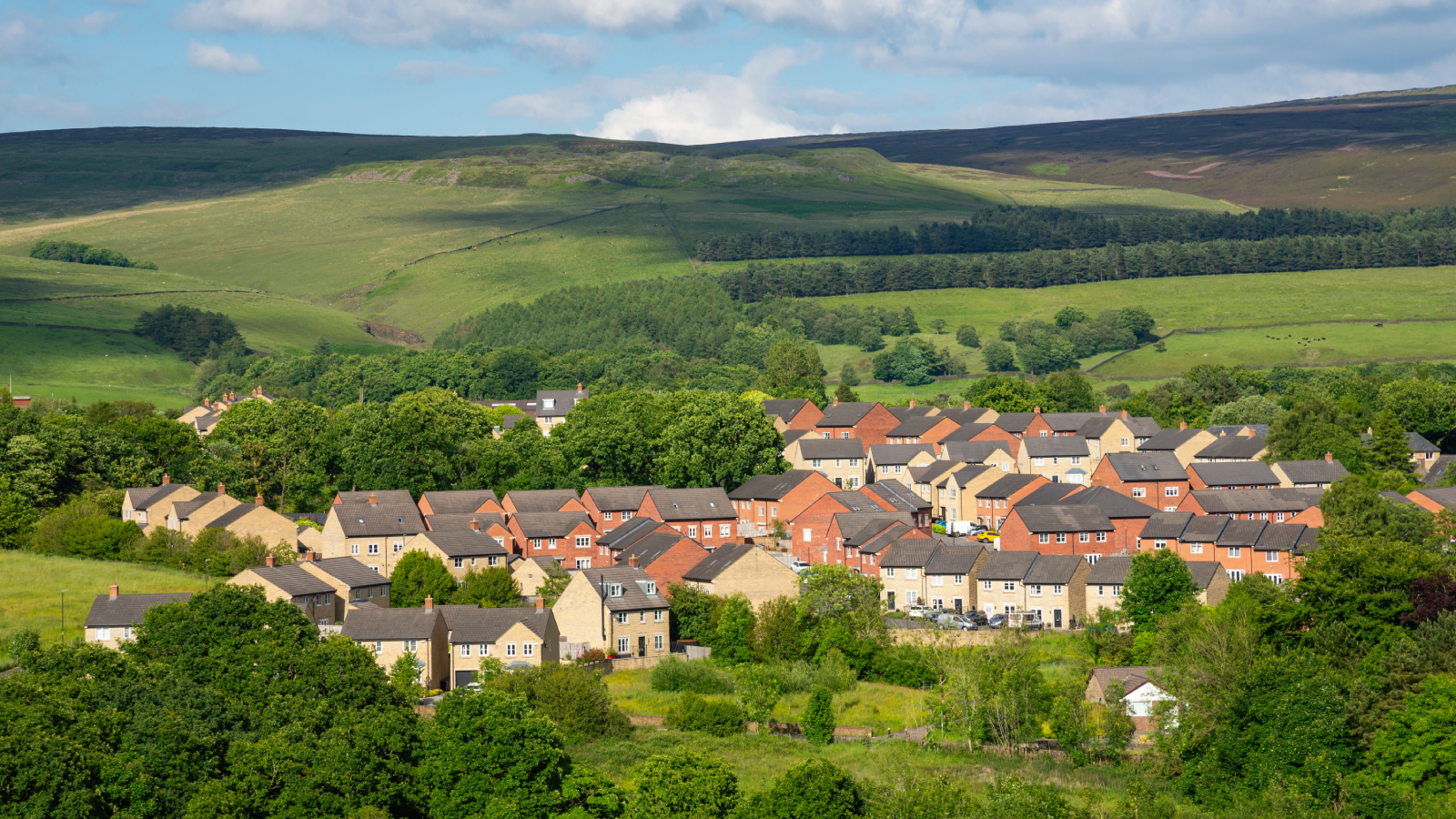
Green belt land has always been considered 'safe' from development, but with the ongoing shortage of housing, self builders and small developers may find themselves looking to buy land that has otherwise been considered protected.
But, are there really any true green belt planning loopholes, or are the rules and regulations so tight that it's a waste of time and energy trying to gain planning permission to build a new home?
We asked planning experts just what is green belt land, why is it usually forbidden to build on it and are there really any green belt planning loopholes that work?
What is green belt land?
Despite the common perception that green belt land means any area of countryside, this is not entirely true. What is and isn't green belt land is defined by the specific purposes it needs to achieve.
"The first point to note about green belts is that they are not the same as countryside," confirms Rob Hughes, director of Hughes Town Planning Consultancy Ltd. "Green belts are effectively defined 'belts’ of land around main conurbations, such as London, Nottingham and Leeds, whose purpose is to limit development.
"The key purposes of green belts is their openness and their permanence," explains Rob. "However, green belts can 'wash over’ settlements, hamlets and isolated developments, and so you cannot visually determine what is green belt, in the same was as you can for the countryside, for example."
There are five main purposes for green belt land, set out in the National Planning and Policy Framework (NPPF) as follows:
- (a) to check the unrestricted sprawl of large built-up areas;
- (b) to prevent neighbouring towns merging into one another;
- (c) to assist in safeguarding the countryside from encroachment;
- (d) to preserve the setting and special character of historic towns; and
- (e) to assist in urban regeneration, by encouraging the recycling of derelict and other urban land.
"However, while green belt policy is one of the most restrictive in the suite of planning policy constraints, and there is often a belief that no development is allowed in the green belt at all, this is not the case," says Rob.
"National planning policies do permit certain types of development in the green belt, in certain circumstances," he advises. "In short, this includes the re-use of existing buildings, the replacement of existing buildings with new buildings and the redevelopment of previously developed land."

Rob Hughes MTCP MRTPI is a Co-Director of Hughes Town Planning Consultancy Ltd who specialise in applications for houses of exceptional quality of design in the English countryside. Rob has 28 years of professional planning experience, and the practice has gained a reputation as Paragraph 84 house specialists, having now secured permission for 27 such houses in 21 local authority areas across 15 counties (six won on appeal).
Why are green belt planning applications harder than countryside ones?
If green belt land isn't always lush, green countryside, why then is it so hard to obtain planning permission?
"One of the best ways to explain the difference," says Richard Hawkes, director of Hawkes Architecture, "is that development in countryside locations that aren't classified as green belt, is generally considered to be allowed, as long as you follow the planning guidelines.
"However, in green belt land, the default starting point for any planning application is that it is always deemed inappropriate, unless you can meet one of the exceptions laid out in the NPPF," he explains. "If you can keep this technical difference in mind, it then makes sense as to why applications can be so tricky."
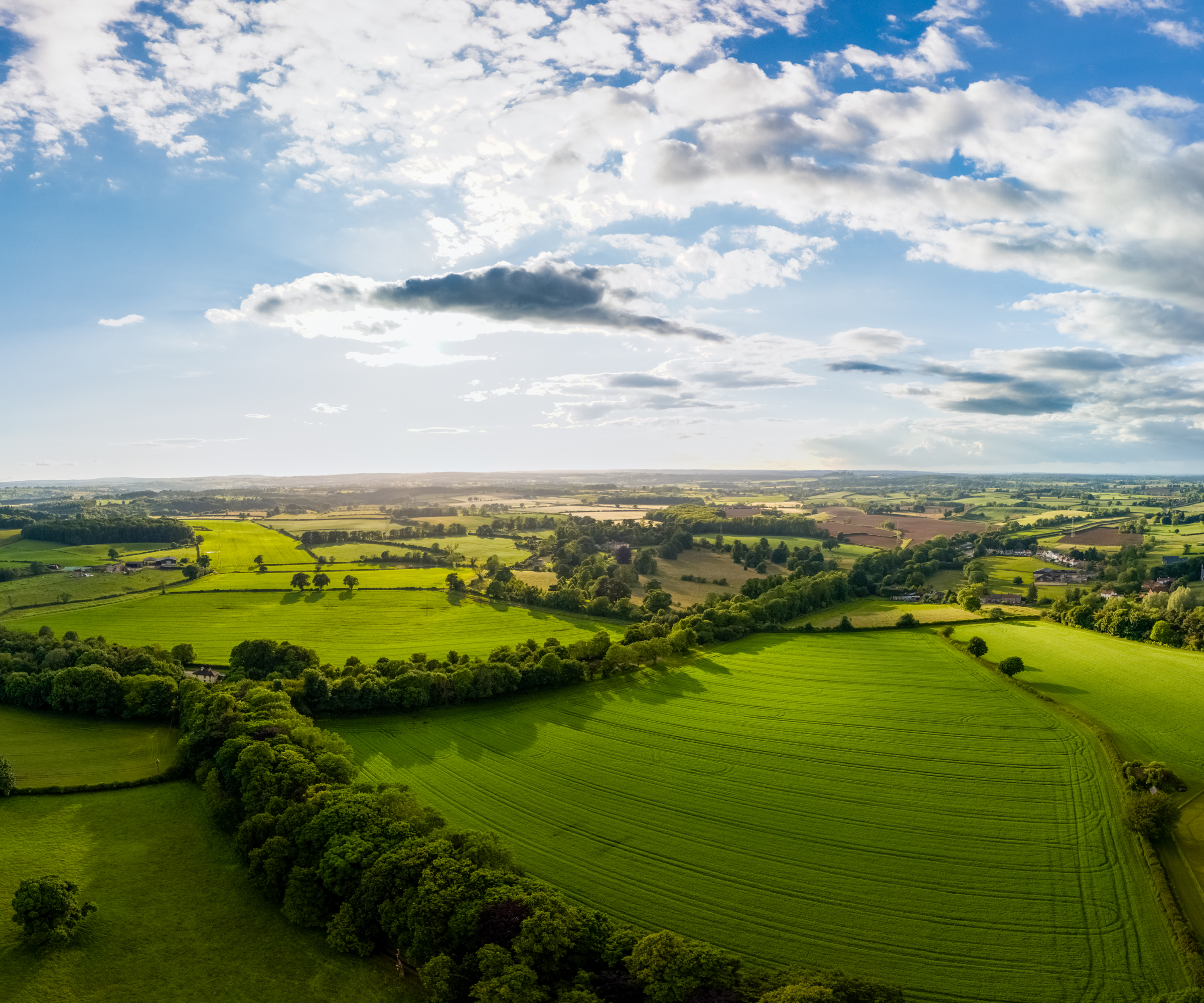

Richard established Hawkes Architecture in 2008 following 13 years of commercial practice. He also appeared on Grand Designs in 2009, building the iconic arch roofed Crossway Passive House. This helped establish the practice as an expert in inspirational and sustainable homes. Hawkes Architecture prides itself on providing homes which set the bar for energy efficiency and unique designs tailored to location and clients.
What are the main green belt 'loopholes' or planning exceptions?
Even though there is a list of green belt planning loopholes, or exceptions, "green belt is one of the most sensitive and difficult areas of planning, which is often played out at appeal and through the law courts, hence no hard and fast rules apply," says Kathryn Williams, managing director of Kew Planning.
"In general, getting planning in green belt land is very difficult, and if it does not fall within the provided exceptions, it is deemed ‘inappropriate’ and Very Special Circumstances (VSC) are needed instead."
VSCs, such as Paragraph 84 homes which are submitted for approval on the basis of their design merits, can be even more complex too. Relying on exceptional design alone is not always the best option, says Richard Hawkes. Instead, understanding the complexity of the exceptions and knowing how to work with them can provide further opportunities for obtaining planning permission on green belt, if you know how.
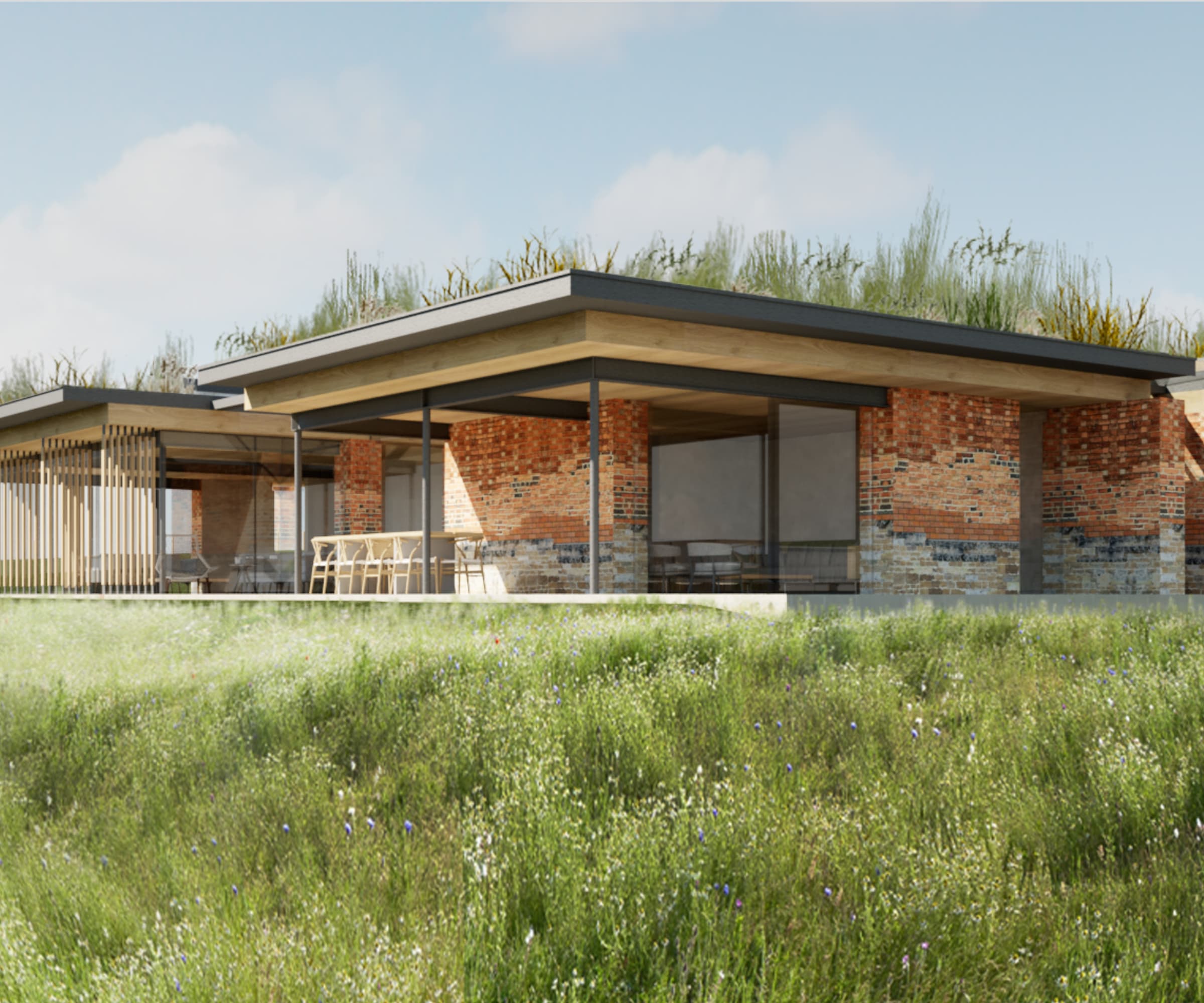
So, what are the main exceptions, or green belt loopholes?
As set out in Paragraph 155, "the development of homes, commercial and other development in the Green Belt should also not be regarded as inappropriate where all the following apply:
- (a) buildings for agriculture and forestry;
- (b) the provision of appropriate facilities (in connection with the existing use of land or a change of use), including buildings, for outdoor sport, outdoor recreation, cemeteries and burial grounds and allotments; as long as the facilities preserve the openness of the green belt and do not conflict with the purposes of including land within it;
- (c) the extension or alteration of a building provided that it does not result in disproportionate additions over and above the size of the original building;
- (d) the replacement of a building, provided the new building is in the same use and not materially larger than the one it replaces;
- (e) limited infilling in villages;
- (f) limited affordable housing for local community needs under policies set out in the development plan (including policies for rural exception sites); and
- (g) limited infilling or the partial or complete redevelopment of previously developed land (including a material change of use to residential or mixed use including residential), whether redundant or in continuing use (excluding temporary buildings), which would not cause substantial harm to the openness of the green belt.

Kathryn has over 17 years’ experience working on both private and public sector projects. As well as overseeing work at Kew Planning, she acts as the planning officer on three strategic allocated housing sites for Brentwood Council.
The best way to get planning permission in green belt areas
While it can seem like an insurmountable mountain to climb, with green belt planning loopholes or exceptions providing little leeway, if you know how to decode the loopholes, there are certainly ways of successfully gaining planning permission.
"Building in the Green Belt is notoriously difficult," agrees planning consultant and founder of Planix.UK, Simon Rix, "but for those willing to navigate the planning system carefully, there are legitimate ways to achieve new development – even in areas where new homes are usually restricted."
"As a planning consultant, I’ve successfully helped clients use fall-back positions, permitted development rights, and lawful development certificates (LDCs) to unlock potential in the green belt," he confirms.
Understanding the power of the fall-back position
Understanding the strength of what is known as the fall-back position, can be particularly beneficial when you're trying to build on land in the green belt that already has some kind of structure on it.
"The fall-back position is a planning argument that says, 'if I can already do X, why can’t I do Y instead?," explains Simon Rix, "but in order to get this to work, it relies on securing prior approvals or LDCs for certain developments that could be built under permitted development rights.
"Once this baseline is set, it then becomes easier to justify a new dwelling or extension on the basis that it would have no greater impact than what is already permitted. For example, I have obtained LDCs for outbuildings, barns, large extensions, even indoor swimming pools, for some of my clients, which then formed the basis for a replacement dwelling in the green belt that otherwise wouldn’t have been approved," he says.
"In essence, if a larger extension or a conversion is already considered lawful by the planning department, it will almost always strengthen the case for a more suitable new build to be approved instead," explains Simon.
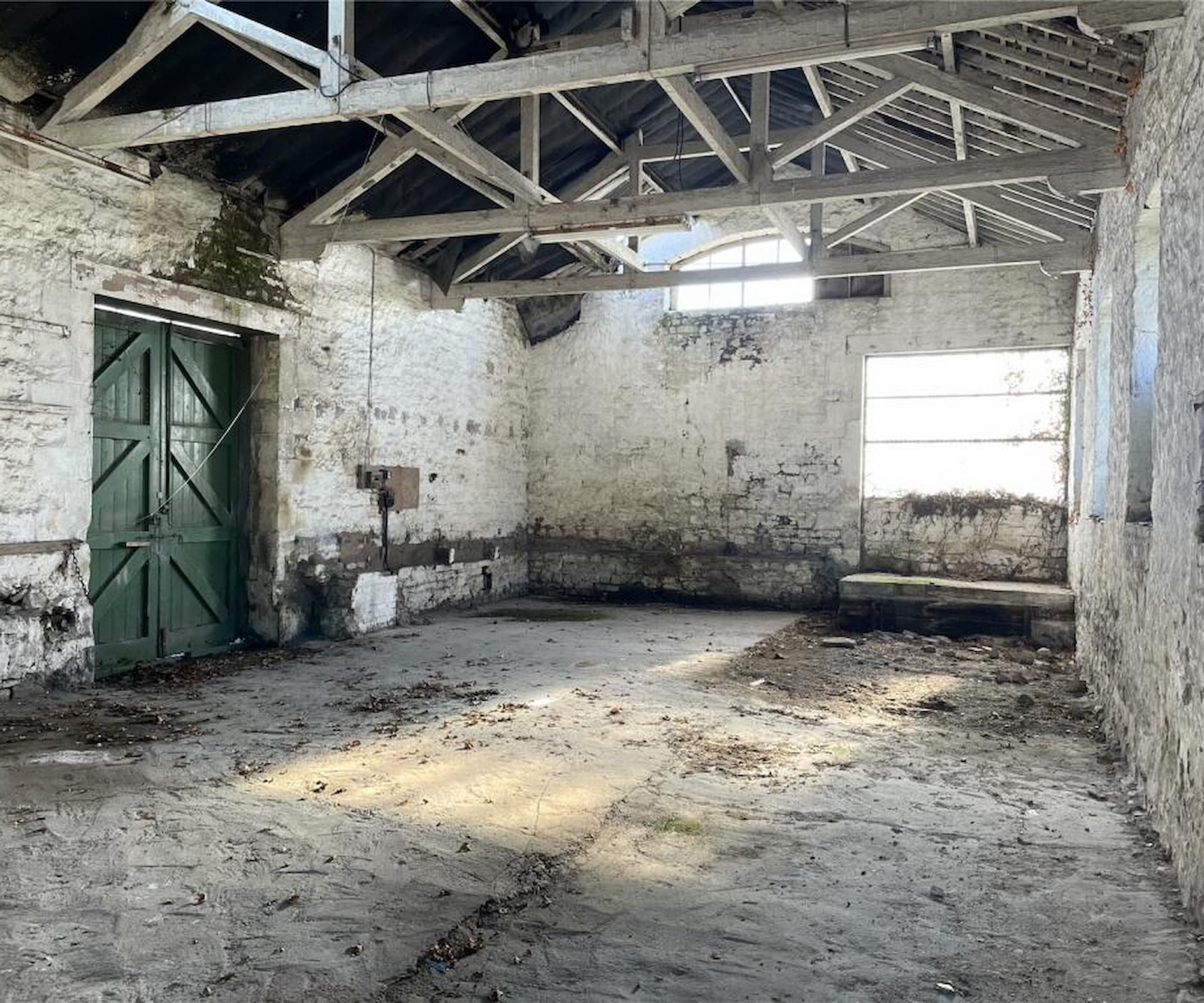
Turning loopholes into legitimate applications
So how can you turn the current green belt loopholes, or exceptions, into legitimate applications?
Richard Hawkes' top tip for using green belt planning exceptions to your advantage is to, "look at land that already has a structure on it, or at a site that can be enhanced. Being able to take a scar away and turn it into something nicer is always going to give you a better starting point."
"One other key point to note," adds Rob Hughes, "is that, unless otherwise removed, permitted development rights relate equally to land in the green belt as they do to other land. This offers a more streamlined way to build in the green belt, although it does not include new dwellings."
In terms of using the exceptions to your advantage, Simon Rix defines the opportunities available as following:
- Class Q Barn Conversions – If an agricultural building qualifies for conversion under Class Q permitted development rights, even if a new-build house wouldn’t normally be allowed, it may be possible to argue that a purpose-built home on the same footprint would be more sustainable and attractive
- Replacement Dwellings – If an existing house or structure can be substantially extended under permitted development, councils may accept a proposal to demolish and rebuild, provided it has no greater green belt impact
- Certificates of Lawfulness – An LDC can confirm that existing and/or additional structures or uses are lawful, even if they don’t have explicit planning permission. Once established, these rights can sometimes be used to justify more ambitious development proposals
- Previously Developed Land (PDL) – Parts of the green belt that qualify as brownfield, or the newly termed 'grey belt' sites may offer opportunities for redevelopment, particularly if an existing structure can be replaced
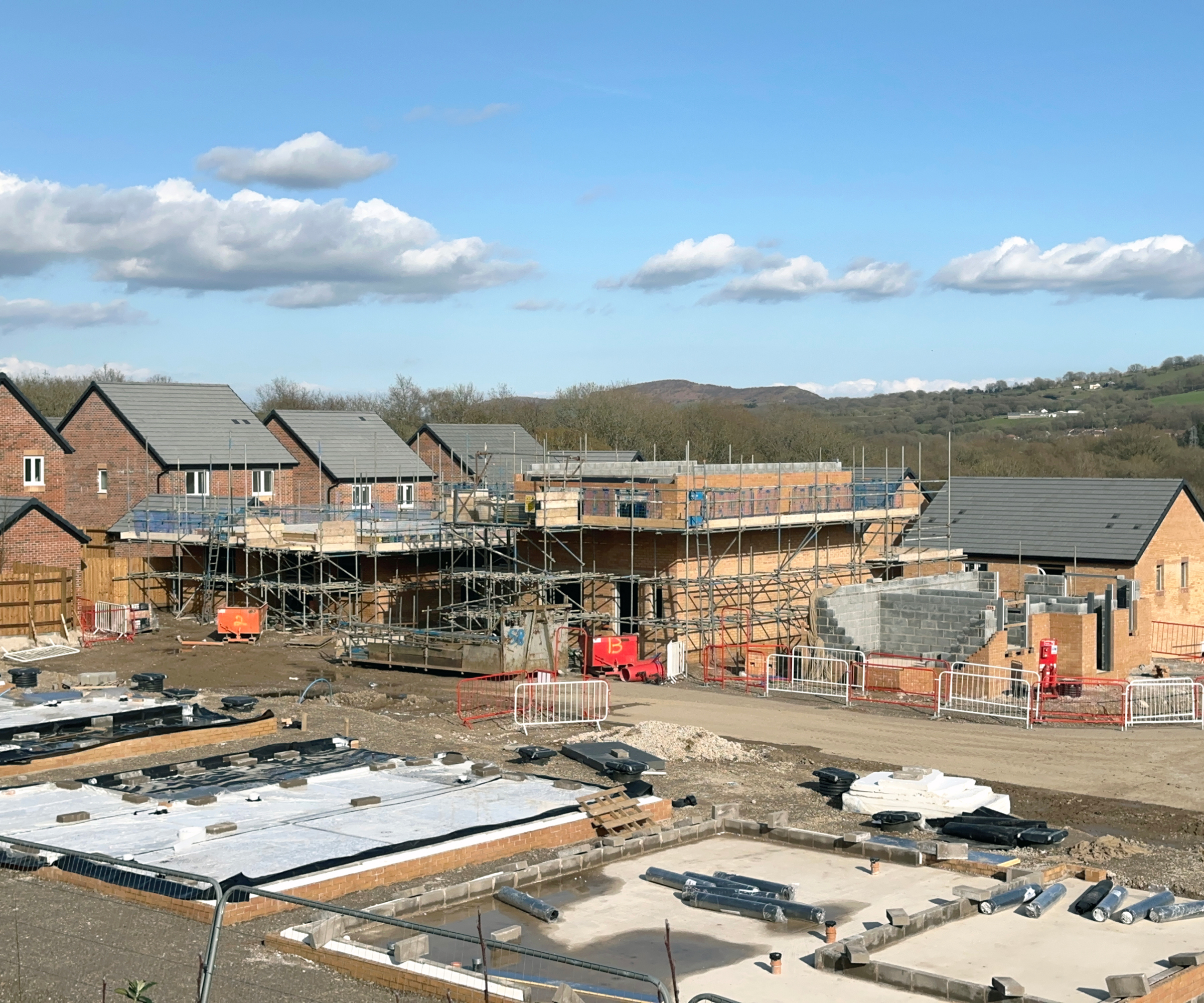
Of course, with each of the above, any application will be judged on its own merits, even more so than with standard planning applications. "It is always recommended that pre-application advice is sought prior to any application to receive help and guidance on whether the proposals would be acceptable or not," says Kathryn Williams.
"For example, when converting agricultural buildings on green belt land into homes, you need to demonstrate why they are no longer suitable for agricultural use and then assess whether there would be ancillary or additional floorspace needed, which might impact on the spatial and visual openness of the green belt," she explains.
The same applies if you are looking to extend a property that is already on green belt land.
"Assessments are again subjective as to whether the extension would impact on both the spatial and visual openness of the green belt," confirms Kathryn. "If there is any impact, this is deemed to be harmful, and inappropriate. As such, it would not be allowed unless VSC could be demonstrated."

Simon Rix is a professional planning consultant, who began his career working in local government in the 1990s. He was a council officer and later an elected councillor, so he knows how the planning system works from both sides. He went on to set up Planix.UK Planning Consultants Ltd; a consultancy company that advises self builders, home extenders and those taking on small to medium-sized building projects, about planning permission.
Will the categorisation of grey belt land within the green belt create another loophole?
Changes made to the NPPF by the Labour government in 2024 have also seen the emergence of what is being defined as 'grey belt' land. As it sits within green belt land, does this offer further opportunities or is it in itself a green belt planning loophole that you can consider?
"Grey belt land is new from December 2024 and is defined as 'land in the green belt comprising previously developed land and/or any other land that is not strongly contributing to the purposes for which it was designed," explains Kathryn Williams.
This could range from disused and derelict car parks to empty concrete wasteland. And while it was once referred to as a brownfield site, under Labour's recategorisation, as it falls directly in green belt space, it will still need careful scrutinisation before it is considered suitable for development.
However, as there are a number of 'golden rules' a grey belt site has to meet, including meeting the growing shortfall in Labour's pledge to build 1.5 million homes, you can't help but wonder if grey belt land is more likely be deemed suitable for larger developments that can include an element of affordable housing.
"I think individual self or custom builders can benefit," says Simon Rix, "because the smaller the development, the better the chances of success."
Richard Hawkes on the other hand says he agrees it may well be larger developers benefit from the opportunities grey belt land offers, but that it's important not to discount how large sites often take years to complete, meaning they may not provide the quick fix solution they appear to on paper.
"Instead, for individuals, perhaps the more significant change made at the same time as grey belt land was introduced, was the change of wording to Paragraph 155 (g)," says Richard.
"Previously this stated that developments should have no 'greater impact' on openness, meaning even 1m3 would be considered greater," says Richard. "Now, the wording has been changed to 'substantial harm', potentially giving more scope to use green belt exceptions in a positive way, but only time will tell."
Best advice for using green belt planning loopholes to obtain planning
While applying for planning permission on any project is a matter than requires expert advice and guidance, it's perhaps even more so the case when it comes to trying to submit an application that will be reliant on using green belt planning loopholes.
"All of the potential strategies you could use to obtain planning on green belt require careful planning and legal precision," says Simon Rix. "Local authorities will scrutinise fall-back positions carefully, and a poorly presented case can be rejected outright. This is why obtaining professional planning advice early on in the process is crucial."
"Green belt policy is complex," agrees Rob Hughes and not something to tackle alone. "Always seek advice from a planning consultant if you are contemplating building a new house in green belt land, and use a consultant who specifically has expertise in this area," he adds.
"If you already have buildings on your site, this can be a helpful start," adds Rob, "and in the green belt, size matters. Therefore, seek advice regarding not only the principle of the development, but the scale of the development you have in mind."
As for situations when it will never be advisable to try and apply for planning in the green belt, "building on virgin green belt land in a beautiful location in the rural countryside will always prove difficult, unless the proposal is related to agriculture and forestry," warns Rob.
FAQs
Will a green belt planning application take longer?
With so many complex conditions attached to obtaining green belt planning, is it safe to assume that any planning application will take longer?
"The planning system in England is complex, and often requires the submission of surveys and reports to supplement an application and justify the development. This is whether the site is within the green belt or not," says Rob Hughes.
"In theory, the basic answer should be no," agrees Richard Hawkes. "However, the reality can be quite different, especially if you receive a lot of objections to the plans which can lead to lengthy delays."
"As the rules have also recently changed, there's also the potential for decision makers needing more time to consider applications," adds Simon Rix. "I’d say this will probably add at least a month to the current process. If a committee decision is needed this could also add another 2 months, and if you go to appeal, this will also add another 6 months."
Will there be special conditions attached to green belt planning consent?
Again, although on paper a green belt approval doesn't officially have any set conditions attached to it, given the nature of where you are building, there are likely to be certain conditions and restrictions to a successful application.
"Each green belt case is unique," says Simon Rix, "but securing permission almost always comes with at least some of the following types of safeguards:
- Size and scale restrictions – The development must be proportionate and often smaller than an equivalent project outside the green belt
- Design and materials – The use of natural, low-impact, or traditional materials to blend with the surroundings
- Landscape and ecological enhancements – Tree planting, biodiversity net gain, or other measures to mitigate visual and environmental impact
- Permitted development rights removal – To prevent future uncontrolled extensions or changes that could harm openness
- Occupancy conditions – In rural exception cases, housing may be restricted to agricultural workers or local affordable housing needs."
Wondering what happens if you do decide to test out a green belt planning loophole and it isn't approved? Find out exactly what's involved in our expert guide that outlines how to appeal a planning decision.
Get the Homebuilding & Renovating Newsletter
Bring your dream home to life with expert advice, how to guides and design inspiration. Sign up for our newsletter and get two free tickets to a Homebuilding & Renovating Show near you.

Sarah is Homebuilding & Renovating’s Assistant Editor and joined the team in 2024. An established homes and interiors writer, Sarah has renovated and extended a number of properties, including a listing building and renovation project that featured on Grand Designs. Although she said she would never buy a listed property again, she has recently purchased a Grade II listed apartment. As it had already been professionally renovated, she has instead set her sights on tackling some changes to improve the building’s energy efficiency, as well as adding some personal touches to the interior.
